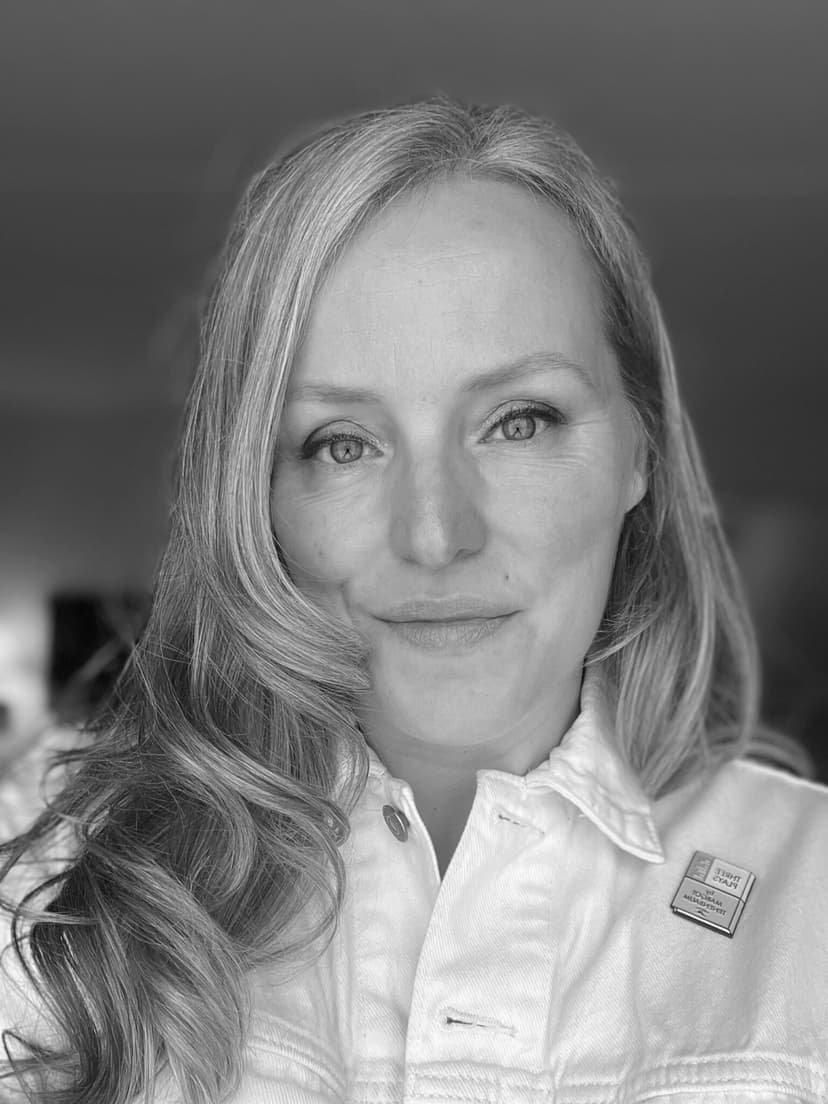PULP gallery anchors Holyoke’s small-but-lively arts scene. The space is so named to honor Holyoke’s history as the former papermaking center of the US; in fact, Holyoke still calls itself “The Paper City.” Located in a former wholesale grocer’s storefront, PULP overlooks the Connecticut River canal and the beautiful brick buildings that line it. The gallery is known for exhibiting artists that work in intuitive, folk, and spontaneous methods. That’s not to say the gallery shows only outsider artists—many of them are very far from it—but the exhibitions are unified in variations on similar styles and approaches. As the gallery enters its seventh year, it’s clear their curatorial program is working.
On view now is a two-person exhibition with Amherst-based artists Andrea Dezsö and Adam Gurvitch. For the show, titled only with the artist’s names, Dezsö presents work on paper using watercolor, ink, and printmaking methods while Gurvitch works in a more limited palette with ink on paper as well as small ceramic sculptures. The two are also married and their influence on each other is visible, in the work and also career trajectory. Whereas her previous works are more hard-edged and crisp, Dezsö was inspired by Gurvitz’s ink techniques and began working with experimental wet-on-wet methods. Gurvitch is a self-taught artist and, after a traumatic brain injury in 2015, he left his career in health, immigration, and civil rights to focus on making and exhibiting his work more seriously. He has attended several residencies with Dezsö, learning the art world’s machinations along the way.
Gurvitch’s works on paper and three of his ceramic sculptures occupy the small front room of the gallery. Here, he presents ten sumi ink drawings on watercolor paper. All the works are small, under fifteen inches in any direction, and are mostly of a single individual: either a black ink figure in a field of white or a white figure in a field of black ink. Frogs, cats, owls, and imagined beings, like angels or ghosts, all appear in the expressive, observation-meets-imagination ink drawings that are unframed and hung directly against the wall.
Beetle (2021) is an ink drawing of what looks like a leaf hopper or some other almond-shaped springtail beetle, in profile. Next to it is Mischievous Porcupine (2021) which looks more like a happy, little puffer fish swimming downward than a land-based porcupine. This reflects the associative quality of observational drawing and painting from nature—one spiny creature has a lot in common with another spiny creature, even if they occupy vastly different ecosystems. This is where Gurvitz leans into his self-described “intuitive handling of materials,” with chance taking the work in one or more directions.
A majority of his twenty-three ceramic figurines are displayed in the larger, main gallery alongside all of Deszö’s works. The figurines reflect the same playful approach to process as the ink drawings and are clearly made by the same hand. Blue Forest Creature (2022) and Resting Being (2022) are clear companions to the works on paper with similar shapes and profiles. Wild Kiln Beast (2024), a ceramic sculpture less than nine inches tall, is a nice moment of visible connection with Dezsö’s ink and watercolor works, as the depicted creature looks like it walked right out of one of her paintings. Other figurines, such as Twisting Sea Form (2021) and Soft Being (2024), feel independent of the drawings, less articulate and more abstracted like an idea that hasn’t yet fully emerged.
Dezsö has already had a long, international career in the visual arts and is also a professor at RISD. Her works were created during the pandemic and, in her artist’s statement, she writes they were “directly inspired by Adam’s experimental sumi ink painting.” To make the works on view, she painted kitakata paper with watercolor then applied quick ink gestures over the painting, finally placing glass over the ink to encourage wet-on-wet chance imagery as it dried. The effect is otherworldly, with humanoid faces and figures emerging from utter blackness, like ghosts in the night or creatures in deep water. They almost feel like companions in many ways—to each other but mostly to the viewer. This feeling aligns with Dezsö’s interest in early tintypes and spirit photography, which she has cited as sources of inspiration for these works.
Pieces like Red Companions and The Flying Circus (both 2020) are reminiscent of Bulgarian Kukeri ritual costumes or, closer to home, artist Nick Cave’s Soundsuits. In other works, such as The Many and Family Tree (both 2020), Dezsö channels an animism that challenges the act of looking and the belief that this is still work on paper and not an actual moving creature.
In a few works, such as The Singing (2024), Dezsö used a Japanese monotype process to create hard, black lines against a soft watercolor background. These works are less mysterious and more narrative than the ink paintings, but they offer a clarifying perspective on the ink works and the figures within.
It’s a materially satisfying exhibition as the experimental nature of both artists’ works is balanced with their own clear visions. Yet, it is also a beautiful example of how artists who live and work in close proximity influence each other.
“Andrea Dezsö and Adam Gurvitch” is on view through November 23, at PULP, 80 Race Street, Holyoke, MA.



